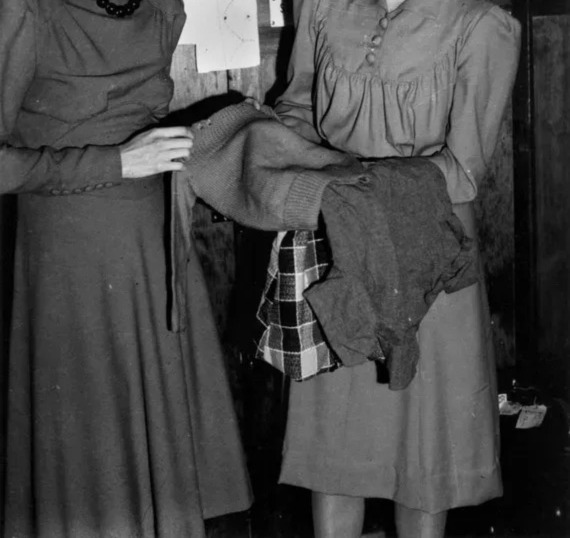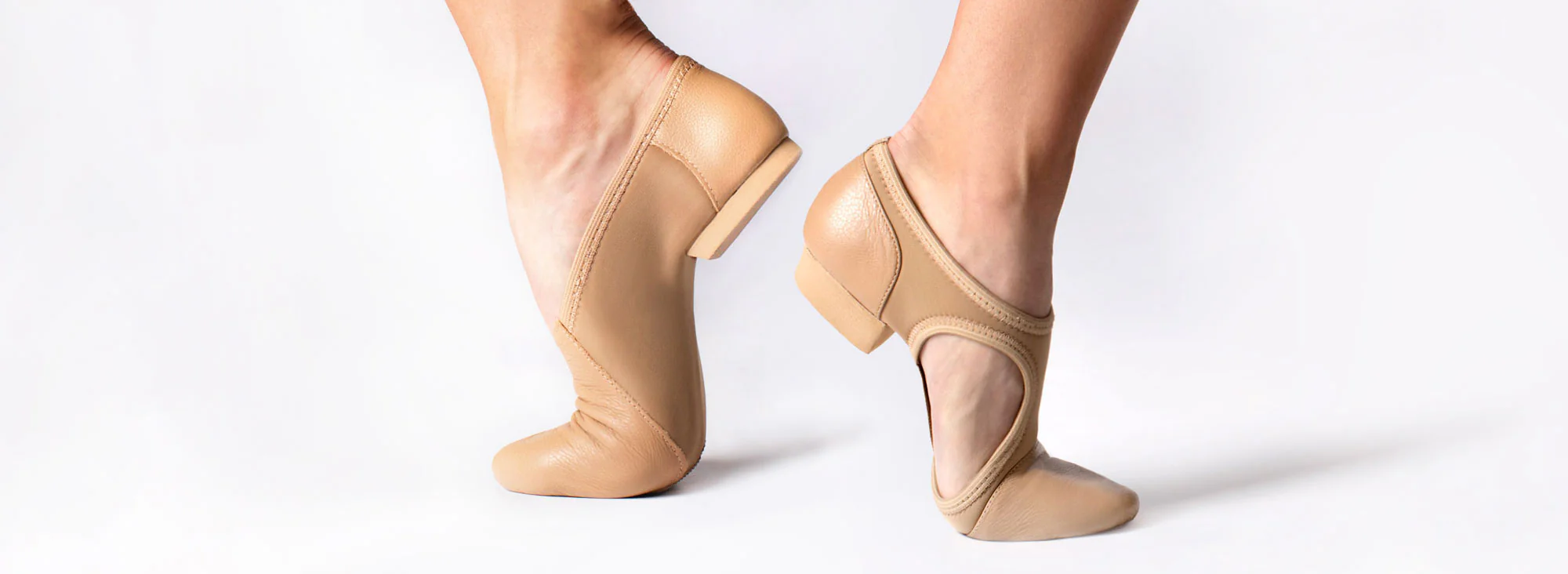The 1940s was a transformative decade for fashion, deeply influenced by the events of World War II. Clothing became more practical due to fabric rationing and the need for durable, functional pieces. Despite these constraints, 1940s fashion still maintained a sense of elegance and femininity, especially in the post-war years when women embraced more glamorous looks.
Practicality Meets Style
Practicality was vital during the early 1940s. With fabric rationing in effect, garments were designed to be efficient and serve multiple purposes. Women’s clothing was more tailored, with narrow skirts and defined waistlines. Utility dresses, often made from simple fabrics like cotton and wool, became essential pieces for everyday wear. These dresses featured minimal details, but women often accessorized with belts, scarves, and brooches to add a touch of personality.Tip: If you’re looking to incorporate vintage-inspired pieces or find great deals on retro clothing, check out HotDeals for discounts and coupons. You can save on fashionable finds that channel the 1940s style without breaking the bank!
The Victory Suit
One of the most iconic pieces of 1940s women’s fashion was the “Victory Suit.” This tailored suit consisted of a structured jacket, often with padded shoulders, and a matching skirt that fell just below the knee. The Victory Suit became a staple in women’s wardrobes as it could be worn for both work and casual outings. It was practical yet stylish, embodying the spirit of the wartime woman.
Rationing and Its Impact on Fashion
The wartime restrictions on fabric led to some exciting innovations in fashion. Hemlines were shortened, and garments were designed with less fabric. Pleats, ruffles, and excess fabric were avoided, leading to cleaner, more streamlined designs. This austerity gave rise to creative solutions such as the use of rayon and nylon instead of more expensive materials like silk.
Women often found ways to make their existing wardrobes last longer, mending and altering old clothes instead of buying new ones. This era also saw the popularization of “make do and mend,” encouraging women to repair and reuse garments. While fashion was more limited, women were resourceful, maintaining their sense of style despite the constraints.
The Influence of Hollywood
Despite the practical nature of wartime fashion, Hollywood played a significant role in maintaining glamour. Actresses like Katharine Hepburn, Bette Davis, and Joan Crawford became style icons, with their on-screen wardrobes influencing everyday women. Hollywood glamour, with its luxurious gowns and fur stoles, represented an escape from the harsh realities of war. Even though many women couldn’t afford such extravagances, they still looked to Hollywood for inspiration, often replicating these looks in more affordable ways.
Post-War Fashion Revival
As World War II ended in 1945, fashion began to shift towards more luxurious and feminine designs. With rationing lifted, fabrics like silk and lace returned, and designers introduced fuller skirts, longer hemlines, and more elaborate details. The silhouette became softer and more romantic, contrasting with the sharp tailoring of wartime fashion.
Christian Dior’s “New Look,” introduced in 1947, is perhaps the most famous example of post-war fashion. His designs featured nipped-in waists, full skirts, and a return to luxury. The New Look marked a significant departure from the practical, valuable styles of the early 1940s, symbolizing a new era of femininity and glamour.
Popular 1940s Clothing Items
Tea Dresses
Tea dresses were a popular choice for women in the 1940s, offering a delicate, feminine look that could be worn for both casual and semi-formal occasions. These dresses typically featured floral prints, a fitted waist, and an A-line skirt, creating a flattering silhouette. They were practical enough for daily wear but still elegant enough to reflect the era’s desire for beauty.
High-Waisted Trousers
Women’s trousers became increasingly popular during the 1940s, especially for workwear. High-waisted trousers, often worn with tucked-in blouses, provided comfort and functionality, particularly for women who worked in factories or other labor-intensive jobs during the war. These trousers were wide-legged and made from durable fabrics like wool or gabardine.
Headscarves and Turbans
Accessories played a crucial role in 1940s fashion, especially during the war years when clothing options were more limited. Headscarves and turbans became essential for practical reasons, helping women keep their hair neat while working. These accessories also added a touch of style, with vibrant patterns and bold colors being popular choices.
Cardigans and Knitwear
Knitwear was an essential aspect of 1940s fashion, mainly because it was easy to make at home. Cardigans and sweaters were often knitted by women themselves, providing warmth and versatility. These pieces were usually worn over blouses or dresses, offering a more relaxed alternative to the structured jackets of the era.
Footwear in the 1940s
Wedges and Platform Shoes
Due to the scarcity of leather during the war, many women turned to shoes made from alternative materials like wood and cork. Wedge and platform shoes became incredibly popular, providing both comfort and height. These shoes often featured peep-toe designs and ankle straps, giving them a practical yet stylish appeal.
Oxfords and Loafers
For everyday wear, women favored practical shoes like Oxfords and loafers. These flat shoes were comfortable for long hours of work or walking and were typically made from sturdy materials. While they were more functional than fashionable, many women accessorized their shoes with decorative laces or buckles to add a personal touch.
1940s Evening Wear
Despite the practical nature of daytime fashion, evening wear in the 1940s remained glamorous. Women often wore long, flowing gowns made from silk or satin for formal events. These dresses typically featured draped necklines, fitted waists, and floor-length skirts. Fur stoles, gloves, and sparkling jewelry were commonly worn to complete the look, adding a touch of elegance to the outfit.
Hairstyles and Makeup
Curls and waves characterized hairstyles in the 1940s. Victory rolls, in particular, became a signature look, where sections of hair were rolled and pinned on the top of the head. This hairstyle was both stylish and functional, keeping hair out of the way during work. For makeup, women often favored bold red lips, thin arched eyebrows, and a simple, natural complexion.
Fashion Icons of the 1940s
Women like Katharine Hepburn, Rita Hayworth, and Lauren Bacall were not only Hollywood stars but also fashion icons of the decade. Hepburn, known for her tailored trousers and blouses, helped popularize the idea of women wearing pants. Hayworth’s glamorous gowns and Bacall’s sultry and sophisticated style became iconic looks that women aspired to emulate.





